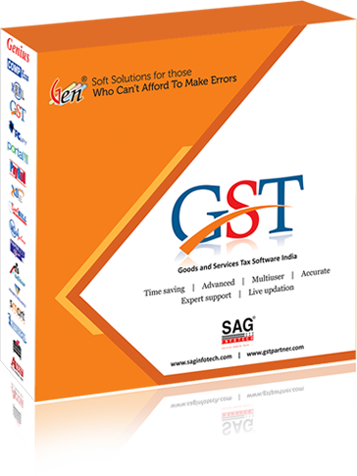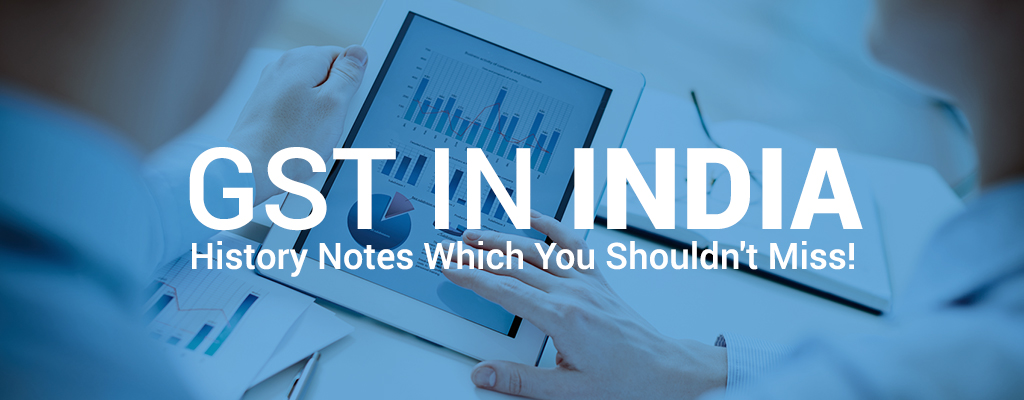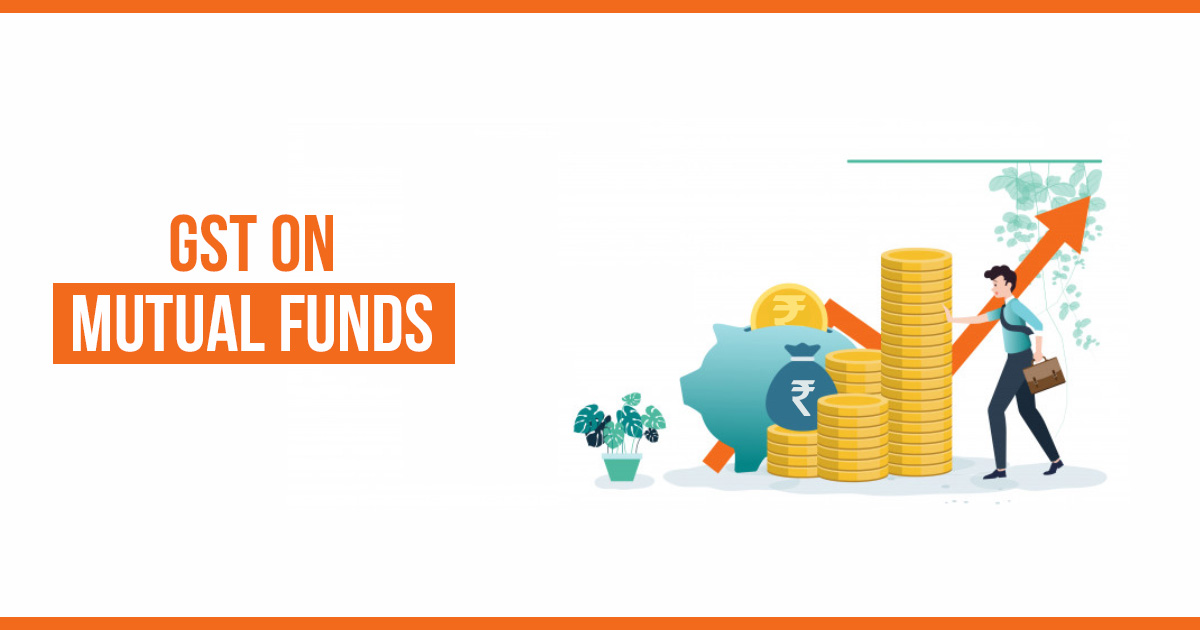Goods and service tax in India is a long-awaited tax regime which is meant to curb all the indirect taxes prevailing in the economy. All the Indian business units which are coming under this tax regime are said to have a transformational shift towards a better approaching tax system.
The Indian system has been discussing the GST from two decades when first coined by the then prime minister Atal Bihari Vajpayee in the year 2000. Since then the committee set up by the prime minister is been framing the GST structure under the panel.
A concise pattern started to built up as the leading minister Mr. Vijay L Kelkar was the one who acknowledged the finance ministry to have a concern over the tax reform currently existed in that era of Indian economy back in 2004. After which in the year 2005, the then finance minister MR. P. Chidambaram asked a better tax reform to be applicable in the country and raised the question in the parliament. Back then the budget session was the place where the issue was raised and all the government authority present over there were ready to support this fact.
An empowering committee was set up in the year 2007 made up of all the state finance ministers to prepare a final road map of Goods and service tax. In the year 2008, the empowering committee came up with a consolidated report in which they directed some of the loopholes and issues which need urgent concern and to prepare a tax reform which can avoid tax evasion and can successfully implant a fair tax environment within the economy.
In the year 2009, the empowering committee came up with discussion paper including all the required suggestions and make over plans to be charted over the blue print of new tax regime. The year 2010 came to see the announcement of the introduction of Goods and services tax in April 2011 by the then finance minister.
Back then in the budget session of the year 2011, the 115th constitution amendment bill was presented in the Loksabha in order to implement the goods and services tax on a detailed list of product. Few of them were exempted to avoid any hassles and problems for the general public. But the bill was not cleared in the house due to some reasons.
Important History Notes:
- Feb, 2006 : First time introduced concept of GST and announced the date of its implementation in 2010.
- Jan. 2007: First GST study by ASSOCHAM released by Dr. Shome.
- Feb, 2007: F.M. Announced introduction of GST from 1 April 2010 in Budget.
- The Government come out with a First Discussion Paper on GST in November, 2009.
- Introduced the 115th Constitution Amendment (GST) Bill in the year 2011.
Coming to the year 2013, the standing committee again comes up with a report and submitted it to the finance ministry, thereby taking some considerations and rejecting other proposals from the government including the exemptions and reforms reference to petroleum products.
In the year 2014, the GST bill was cleared in the Loksabha as a 122nd constitution bill and in the year 2016, it was passed in the Rajya sabha also. After getting cleared in the Rajyasabha, it was then formed a GST council which was the governing body for the GST reform which has to be implemented in India. It was the GST council who is responsible for all the rates, exemptions and other provisions and clause to be included in the GST.
Along with it, there were standard laws formed with respect to the region, including Central GST (CGST), State GST (SGST), Integrated GST (IGST), Union territory GST (UTGST). All these standard laws were gone through rigorous discussions and ratification to be finally get cleared. A lot of backfiring and opposition erupted in the due course and it meant to clear out any negative points and issues related to the GST.
After all the chaos and similar decisions, the GST became applicable in the nation with a perspective to join the disintegrated economy into a unified market. GST has been implemented from July 1, t 2017 in order to facilitate the economy and the nation with a seamless benefit of unified market concept.






